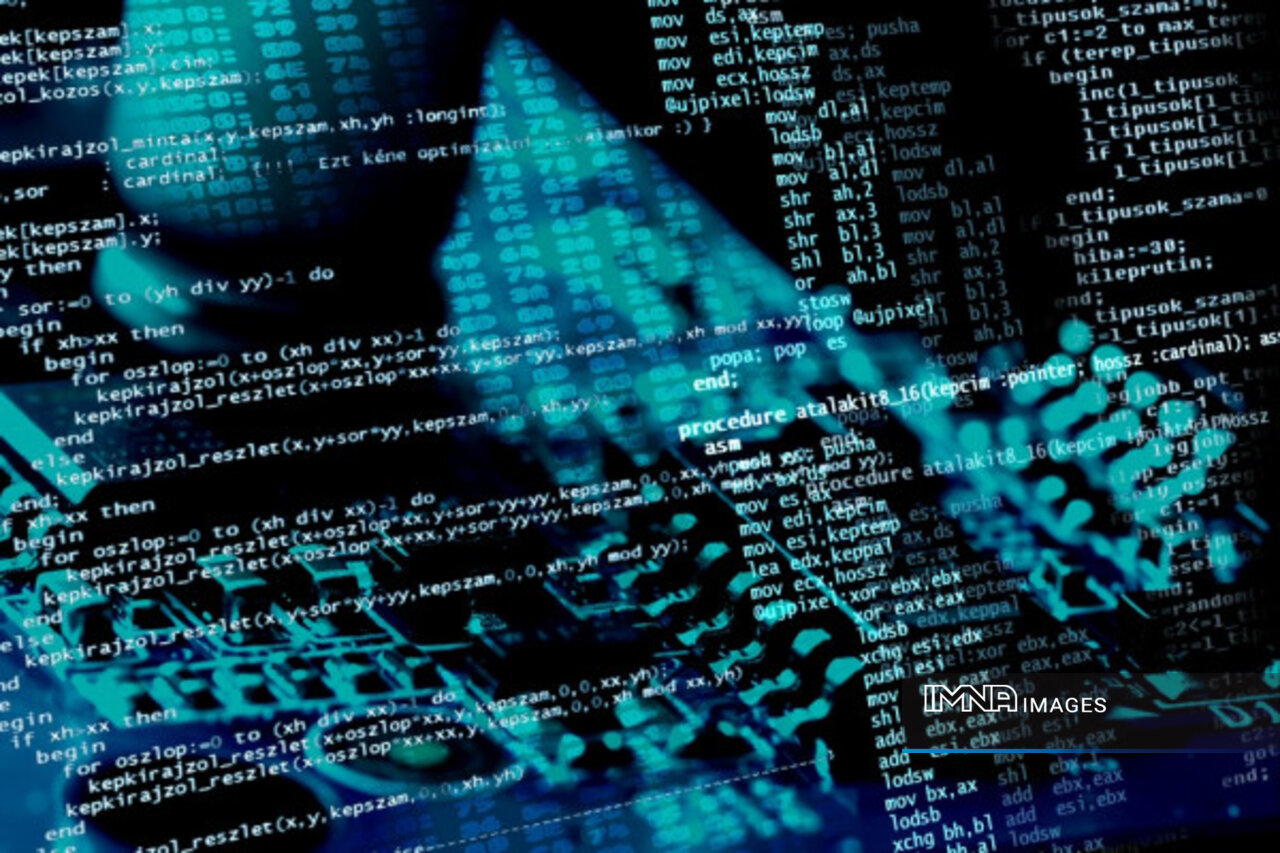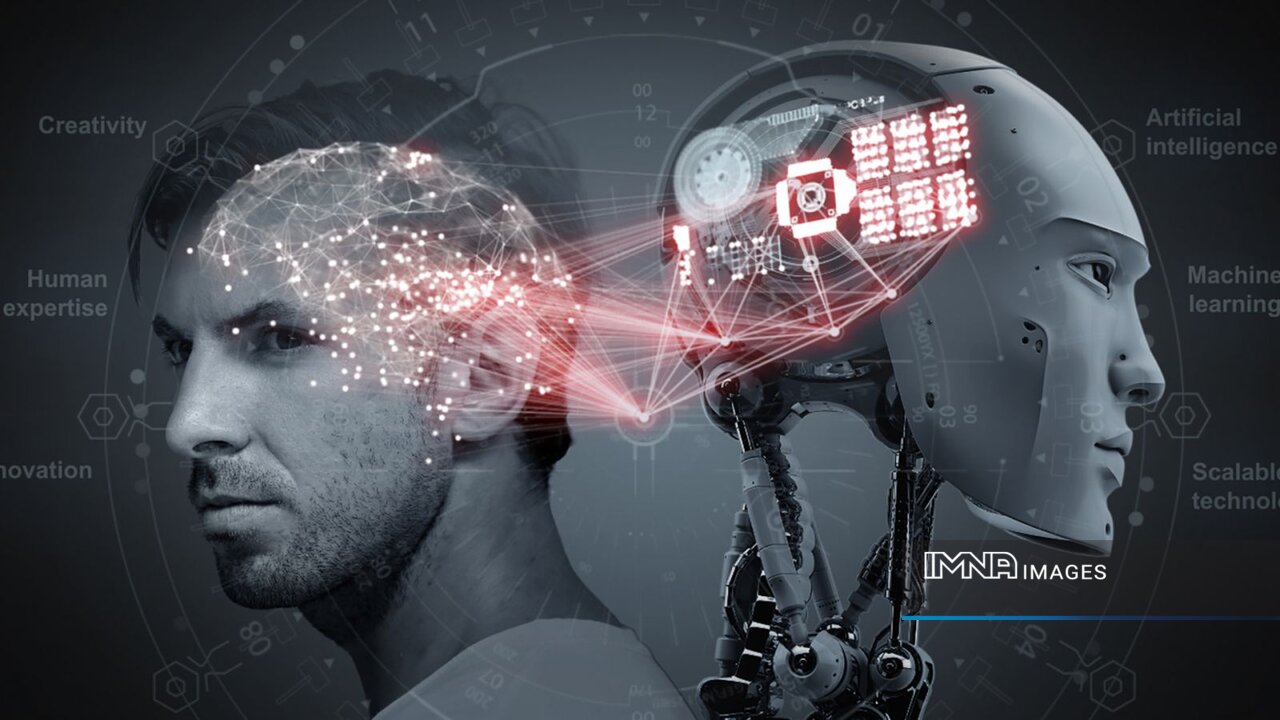Iran (IMNA) - The technique of mechanically translating sentences from one language into another, known as automated translation, has been the subject of discussion in recent years.
Developers have been searching for this elusive concept for years. Free tools such as Google Translate, which translates over 100 billion words each day, as well as other applications and technologies that promise to translate foreign languages as they are spoken, are now accessible, but something is still lacking.
Yes, you can now purchase earphone technology that is evocative of the Babel Fish from the Hitchhiker's Guide to the Galaxy, a piece of equipment that purports to perform a comparable function to that of a university-trained, professionally-experienced, multilingual translator. However, the process is actually not that straightforward.
Although it was claimed in 1958 that translation was a Roman innovation, it is more likely that interpretation existed far earlier than translation. We have proof that ancient civilizations used translators. Like many other parts of the ancient world, Greece and Rome were multilingual and required both translators and interpreters.
Decoding begins with meaning
Why then do we still believe that language might ever be translated accurately by technology? When machine translation research originally started in the 1930s, its creators still thought that the best approach to translating would be to just swap out words automatically, initially with only minor syntactic reordering. And this perception of the world continues to this day.
The future of automation is something that translators and translation experts frequently hear about. Some even think it has already happened, as it has in so many other industries, but we are still far from having a perfect system.

That does not mean, however, that automation is not useful. Machines, for instance, can assist many people belonging walks of lives like journalists and teachers; they do not supplant people. In a similar vein, technology enhances our ability to translate and can help with accuracy, but it won't ever be able to completely replace humans.
Although machines are already quite proficient at interpreting plain text, they still require assistance when it comes to text-based Encoding and decoding source texts is the foundation of machine translation technology. In other words, everything is dependent on algorithms and chance, yet robots are unable to comprehend context, find errors in the original text, or recognize subtle linguistic cues. Human translators, on the other hand, can do it all. The cause? Humans work with language, but machines operate with words.
Language is a traditional system of constrained symbols from which many sentences can be built. It is exclusive to humans as a result. In order to fully express themselves through language, people must be able to develop and use signals in a variety of ways. Language is unique to humans since it was only made feasible by the emergence of specific psychological skills.
Since robots encode and decode isolated symbols and operate with syntax rather than meanings, they will never be able to translate texts with deeper meanings and complexity as well as humans can. They disregard crucial components of language, such as context, presumptions, reason, etc.

Only some kinds of texts, such as those that must be communicated in another language in an acceptable manner but are not always error-free, may be translated using an automatic translation engine like Google Translate that can equal the quality of a human translator; these are translations for which a general understanding of the text suffices, to put it another way. Even if the grammar and some of the phrases are awkward or use bizarre word combinations, the main idea is still obvious.
A preliminary draft of a reasonably easy language can now be produced by machine translation, and research suggests that editing this draft is typically more effective than translating the text from scratch. However, it is unlikely that robots will ever be able to completely replace a translator's brain. No matter how intricate the underlying coding is, an automated system would struggle to understand the words in the same way.


Your Comment